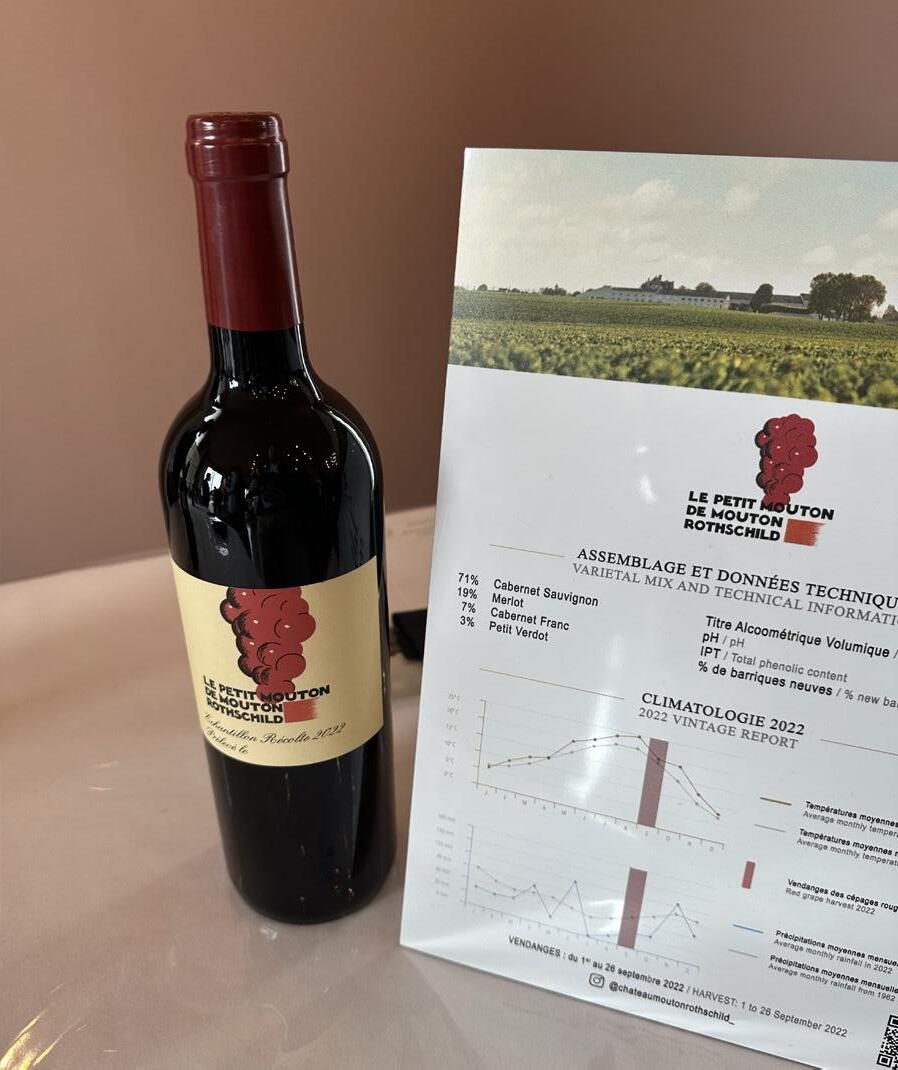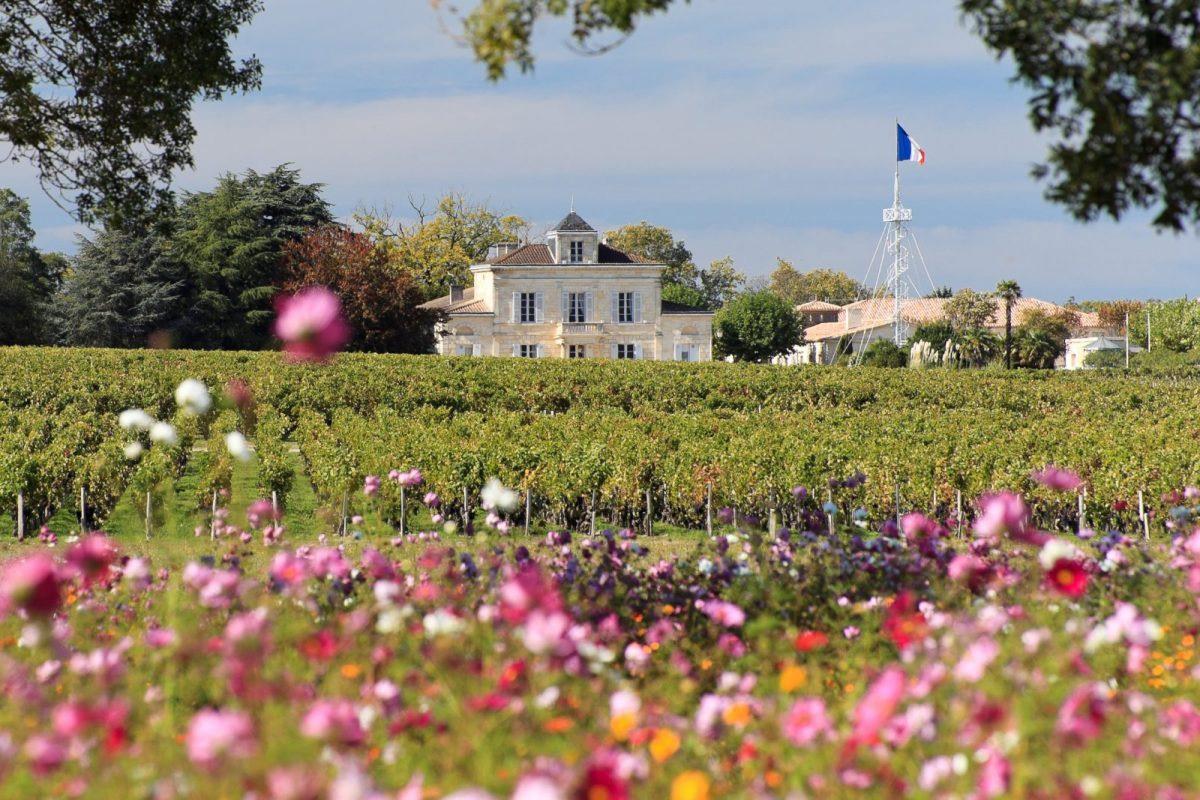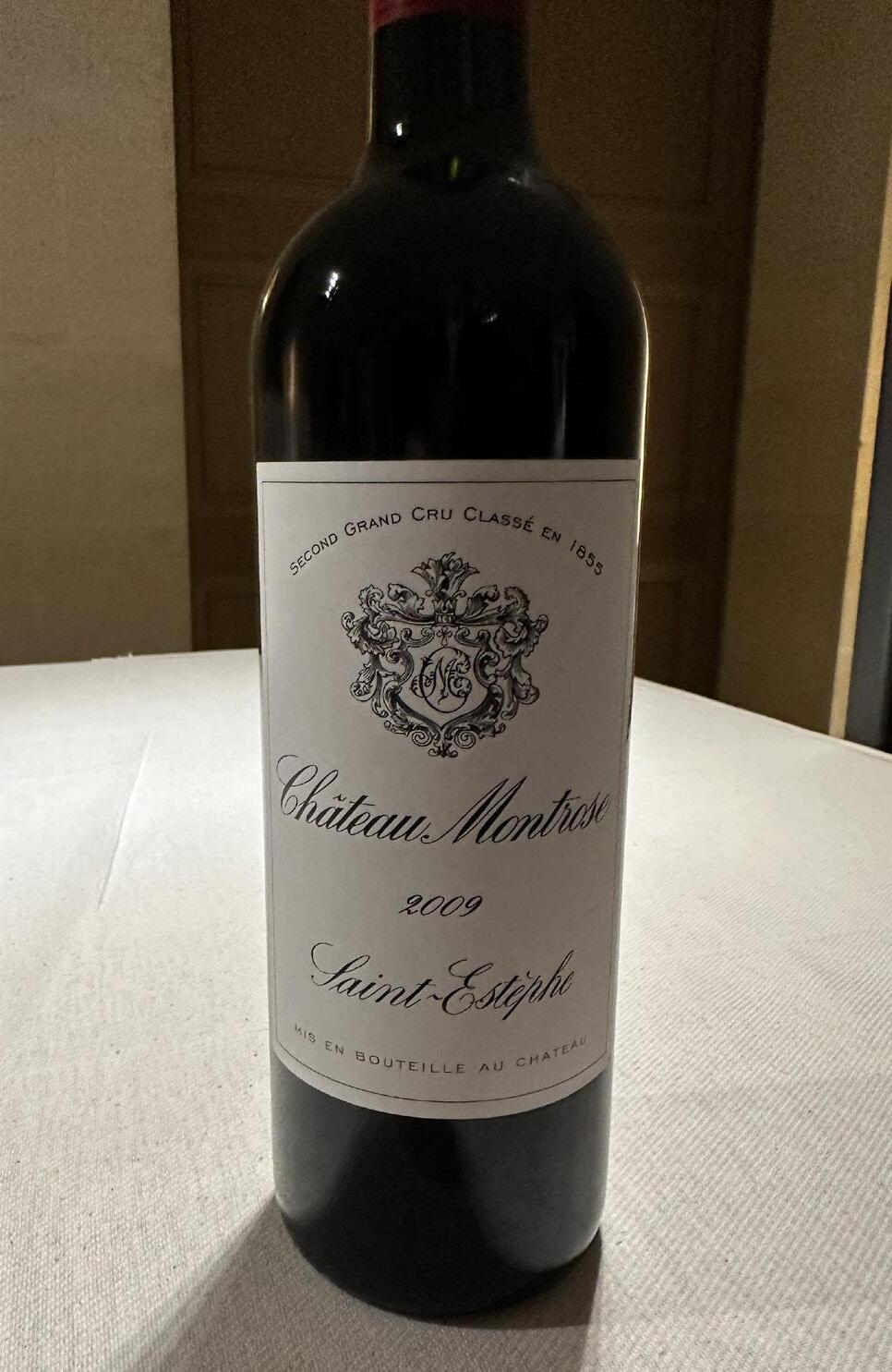
2 minute read
04. WHY BUY EN PRIMEUR?
The en primeur system or ‘wine futures system’ is the yearly ‘betting’ on wine futures
that takes place in April when journalists, critics and wine buyers from around the world descend upon Bordeaux to give their prognosis on the most recent vintage, following which the Châteaux, in consultation with a courtier (or broker), set their prices accordingly, releasing them to the wider market around 12-18 months before the wines are physically available.
Advertisement
For many centuries the exchange was purely between local merchants and châteaux, but since the late 1970s the system has become increasingly public-facing. The rise to prominence of Robert Parker Jr as critic-in-chief established a link between unbiased critic and end buyer, with the 100-point scoring system providing an easy to understand rating for each wine, with 100 ostensibly marking out ‘perfection’.
For wine lovers, en primeur was a guaranteed method of securing top clarets ahead of the rest of the market. The normal increase in value of the wine between en primeur sale and physical bottle in a shop in, say, London, meant that often the approach of buying two cases of wine ensured you could eventually sell the second at a premium, allowing you to drink the first case at a heavily subsidised cost. As the Place de Bordeaux has grown in scope, with hundreds of châteaux coming in under its umbrella, it continues to offer wine lovers access to the top wines, but also a slew of smaller, hidden gems which have gone on to become much loved favourites of the claret-drinking set: Beaumont, Batailley, Grand Puy Lacoste etc.
For investors, the futures system plays into the key fundamentals of Fine Wine investment, exacerbating both the brand positioning of top wines, which are offered on sought-after allocations, and the inverse supply curve which drives the value of this alternative investment asset, with decreasing allocations increasing the scarcity of top wines. Over recent years the châteaux have held back increasing quantities of stock to release years down the line at a premium, squeezing the stocks for negociants and driving up prices.

Recent vintages have shown that en primeur still offers tons of value to drinkers and investors alike, but so much depends on the pricing of the vintage by the châteaux: price keenly like the 2019 vintage, released during the early stages of a global pandemic, and the vintage will offer enticing value, but this can have a knock on effect to back vintages, as it did the 2017 vintage, an altogether less successful year which was suddenly priced at a premium to a superior 2019, devaluing it rapidly (though the wines are, in my opinion, wonderful to drink).

My approach is to only offer wines which I truly feel add value. For drinking wines that means those we loved tasting and which the critics did, too, whilst investment-grade wines must meet strict criteria, based on score and release price (more on on this on the next page). Arguably the best aspect of en primeur is receiving cases of wine you paid for two years previously: always a wonderful, vinous surprise!











